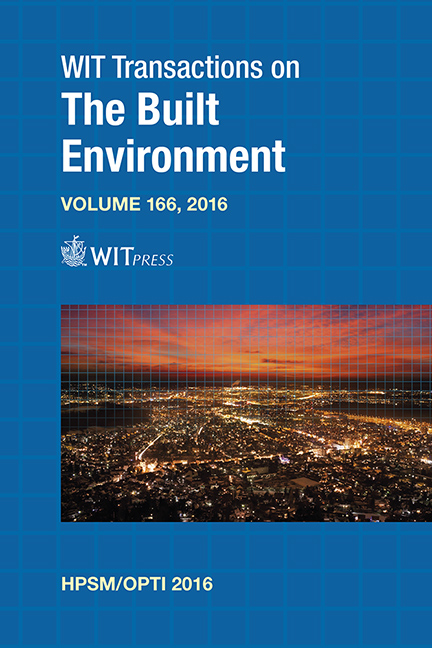Ballistic Resistance Of Various Materials Suitable For Indoor Bullet Traps
Price
Free (open access)
Transaction
Volume
166
Pages
11
Page Range
179 - 189
Published
2017
Size
780 kb
Paper DOI
10.2495/HPSM160161
Copyright
WIT Press
Author(s)
F. Tikal, S. Špirk
Abstract
The aim of this research was to identify optimum thicknesses for selected commercially available materials at several impact energies of bullets from ordinary civilian small arms. These impact energies are characteristic of certain bullet calibres and were selected from a survey of requirements of civilian ranges in the Czech Republic in cooperation with the IPSC National Association.
The research was motivated by the fact that bullet traps for indoor/tunnel civilian ranges are often designed on a case-by-case basis, disregarding the applicable principles of mechanical metallurgy, and lifetime and weldability aspects. To improve the trap performance, the metal structure is normally clad with rubber in the form of used tires, discarded conveyor belts, and similar items. These rubber parts must be frequently replaced. Their disposal together with the embedded bullets and bullet fragments is expensive and even poses environmental risks. Eliminating such rubber components altogether is another goal of this research.
In the first phase, terminal ballistic computer simulations were developed. Then, a set of experiments was proposed to verify the results of these simulations. The impact of a bullet was simulated on target plates of selected materials of various thicknesses at various target plate angles. An explicit FEM solver was employed for this purpose. Based on the simulation results, optimum combinations involving the impact energy/material/thickness/target plate angle were identified for experimental verification. Selected experiments were recorded by a high-speed camera and a high-speed thermal imaging camera. The results and knowledge acquired will enable the bullet and fragment trap design to be tailored to a specified maximum bullet calibre, taking into account purchase and operating costs and, last but not least, environmentally-friendly operation without rubber components.
Keywords
special materials, computer simulation, experiments, terminal ballistics





